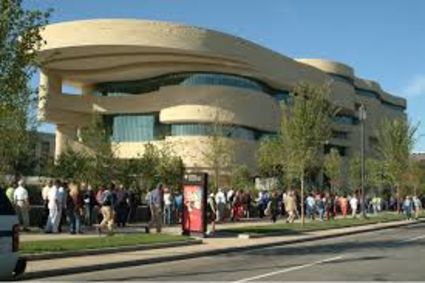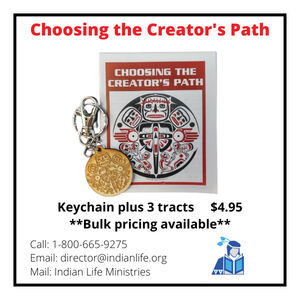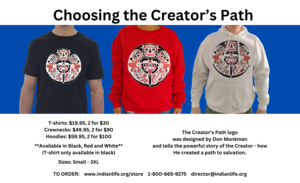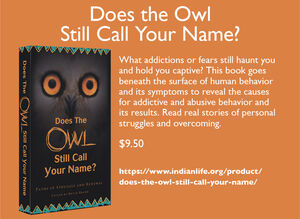Do we have courage to call what we did to indigenous peoples 'genocide'?
Last updated 8/1/2015 at 1:41pm

Smithsonian National Museum of the American Indian
Thousands line up to take visit the Smithsonian's National Museum of the American Indian in Washington, DC. Although the messages presented throughout this facility are all pro-Indian, what you will not find is the word "genocide". It is completely absent.
In the elegant confines of the Smithsonian's National Museum of the American Indian in Washington, D.C., the bias is pretty clear for all to see.
The content in this government-run facility is robustly pro-Indian rights and unabashedly political. Elaborate displays of cultural art and culture are laid alongside shocking and graphic descriptions of seminal legal battles involving, and the atrocities committed against, indigenous peoples in the U.S.
Most striking is the frequent use of a quote from former U.S. Supreme Court justice Hugo Black who, in 1960, argued in a minority opinion on a treaty rights case that "Great nations, like great men, should keep their word." That is a stark missive to a government from a government-run museum.
What you will not find in this facility is the word "genocide." It is not completely absent; the museum and its website both reference activists, academics and other supporters who believe American Indians were the victims of a state-sponsored genocide. The U.S. government, however, has declined to officially adopt the label.
That is not, in and of itself, an unusual condition. Nation states often struggle to accept an incident in their history as meeting the criteria of a genocide. Most acknowledged genocides come as the result of legal decisions, either from a domestic or international court. In the absence of those decisions, voluntary self-labeling is very rare.
Canada, however, could find itself in the rare position of becoming one of only a handful of nations to admit to a historic genocide after the final report of the Truth and Reconciliation Commission was tabled on June 2.

Struck as part of the Residential Schools Settlement Agreement between the federal government and victims, the commission has spent the last five years collecting evidence on the atrocities committed in residential schools.
It is not within the mandate of the commission to formally attach the term genocide to residential schools. That would come from a court or from Parliament. However, that has not stopped Justice Murray Sinclair, a judge from Manitoba and chairman of the TRC, from reaching his own conclusions.
In interviews and published arguments, Sinclair makes it clear residential schools were part of a process of aggressive colonization of Aboriginal people. And that this process is consistent with international legal definitions of genocide.

Sinclair's argument will be bolstered by new, stark details of just how badly we treated Aboriginal children sent to residential schools.
The broader Canadian public has always conceded the schools tried to eradicate Aboriginal culture. And that some of the children were victims of sexual and physical abuse so severe, some died. At the outset of the TRC, it was believed about 4,000 of the 150,000 children who went through the residential school system died from mistreatment of one form or another.
However, as the TRC has gone through its work, other, more troubling incidents have been revealed, some by the commission itself and others by academics doing parallel research into Canada's treatment of Aboriginal people. Deadly tuberculosis outbreaks in overcrowded school dormitories; medical experiments on malnourished Aboriginal children who were kept in a state of starvation to serve the needs of researchers; dozens of unexplained, unmarked graves of Aboriginal children near a residential school in Brandon.

The total number of Aboriginal children who died while in the care of a residential school is expected to rise exponentially when the TRC tables its final report. And that alone should create an opportunity for a national debate about whether it's time to use the term genocide to describe what went on.
Whether the current Conservative government accepts that opportunity is unclear. In 2008, Prime Minister Stephen Harper made a formal apology to Aboriginal people for their treatment in residential schools and offered financial compensation. In addition, Harper launched the TRC to look more deeply into the reality of residential schools.
There will be those who will argue Ottawa has done enough to address this issue and any debate over labeling residential schools a genocide is gratuitous. They will be wrong.
Whether or not the prime minister had this in mind when he created the TRC, the final report will serve as an indictment of Canada's role in residential schools and provide the evidence necessary to back up a charge of genocide.
The politics of the TRC report is difficult to anticipate. The country is still keenly aware of concerns surrounding missing and murdered Aboriginal women and the calls for a national inquiry.
Those calls have already become fodder for campaigning parties. Will the TRC report itself become an election issue this fall?

Regardless of how politicians wade into the issue, we should be confident that for the first time in our history, we will know the full truth about residential schools. What we choose to do with that information will either define us as a courageous nation or a cowardly one.
© 2015 Winnipeg Free Press. Reprinted with permission. All rights reserved.
dan.lett@freepress.mb.ca


